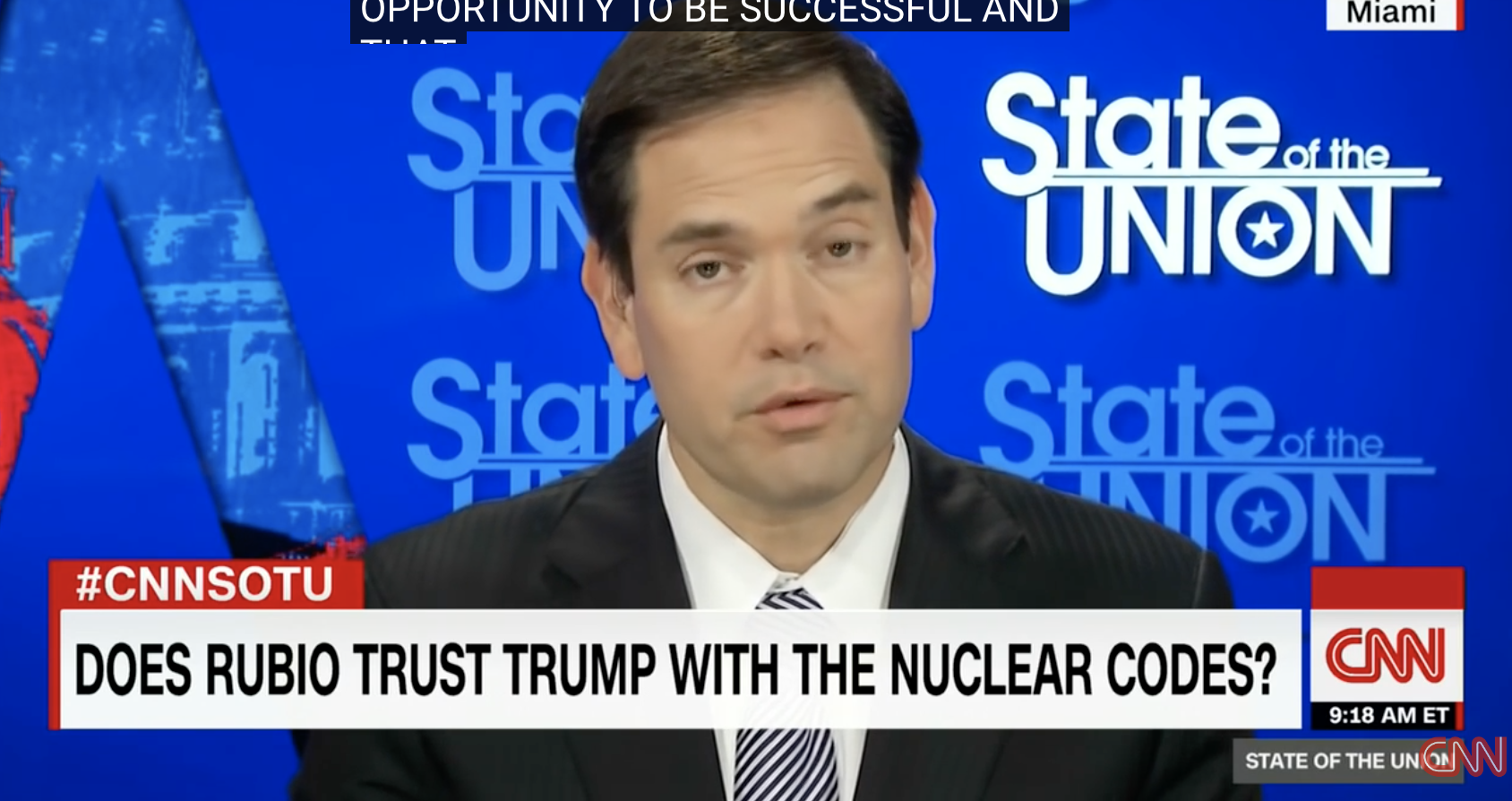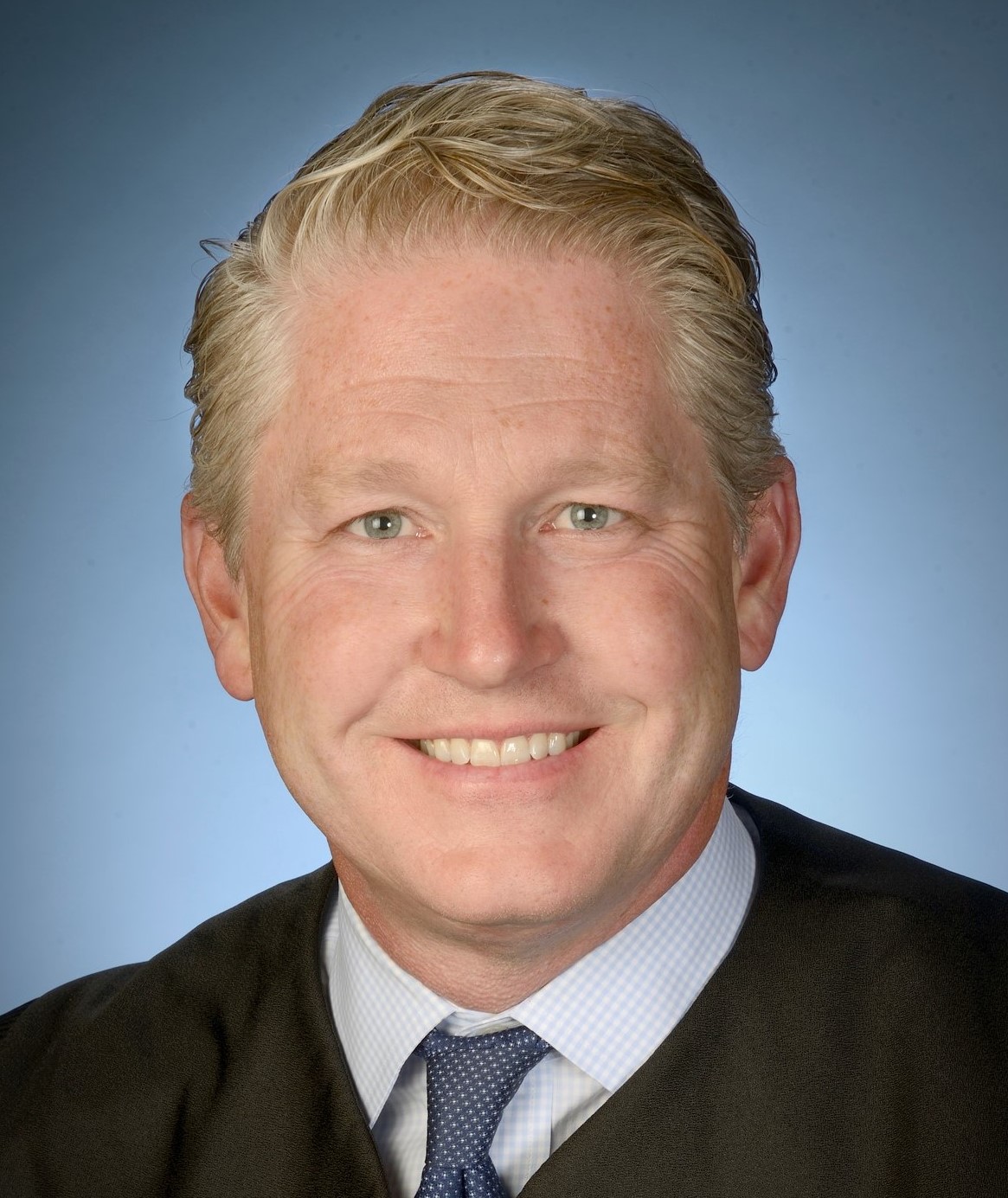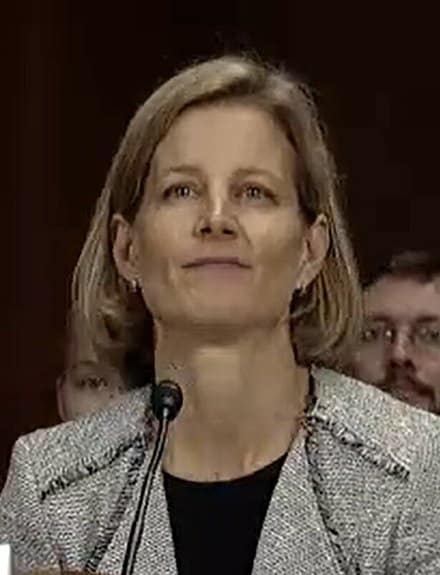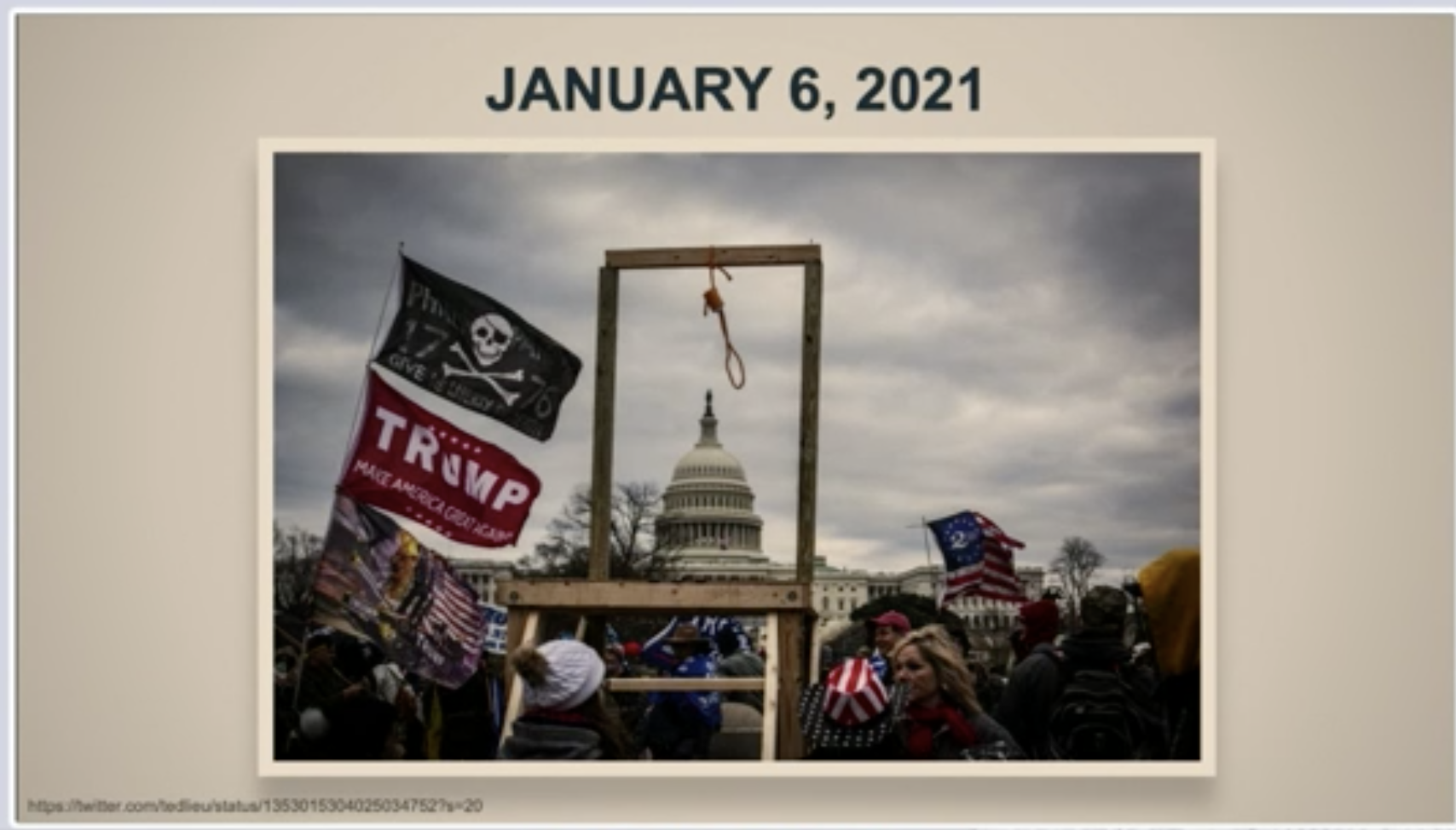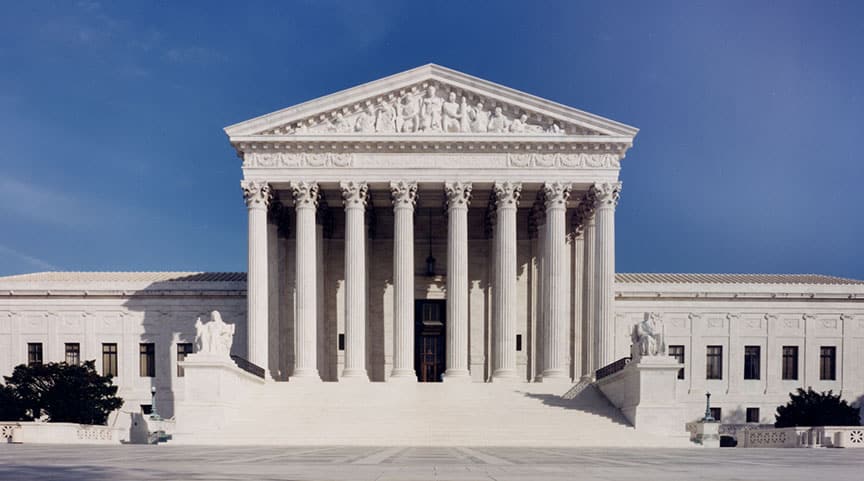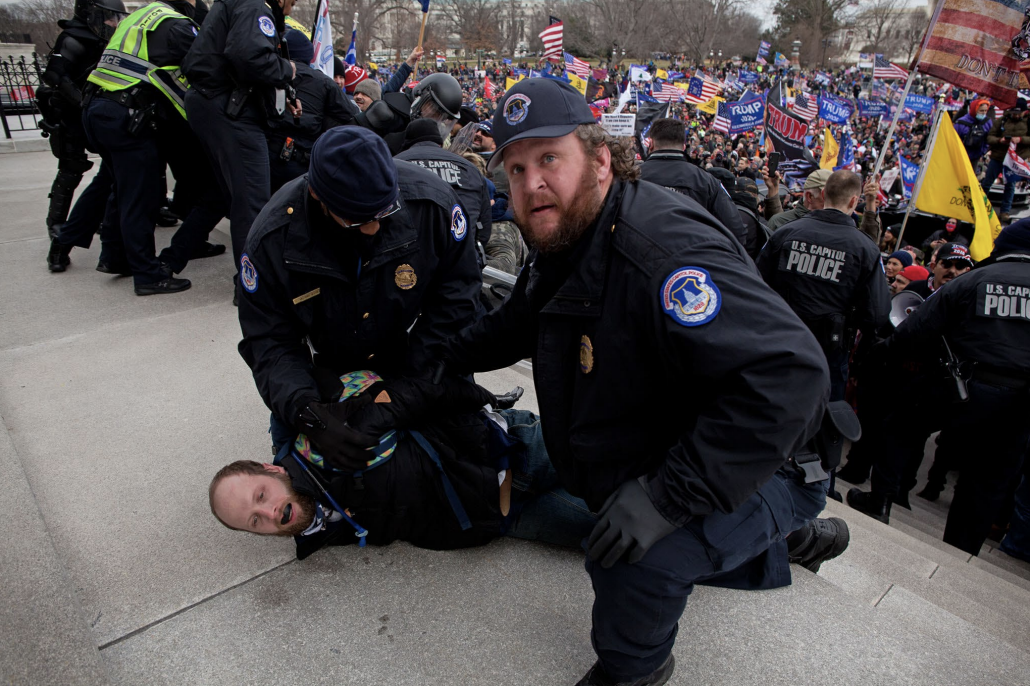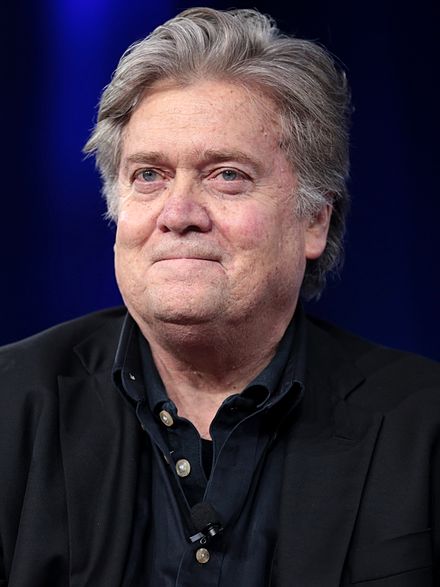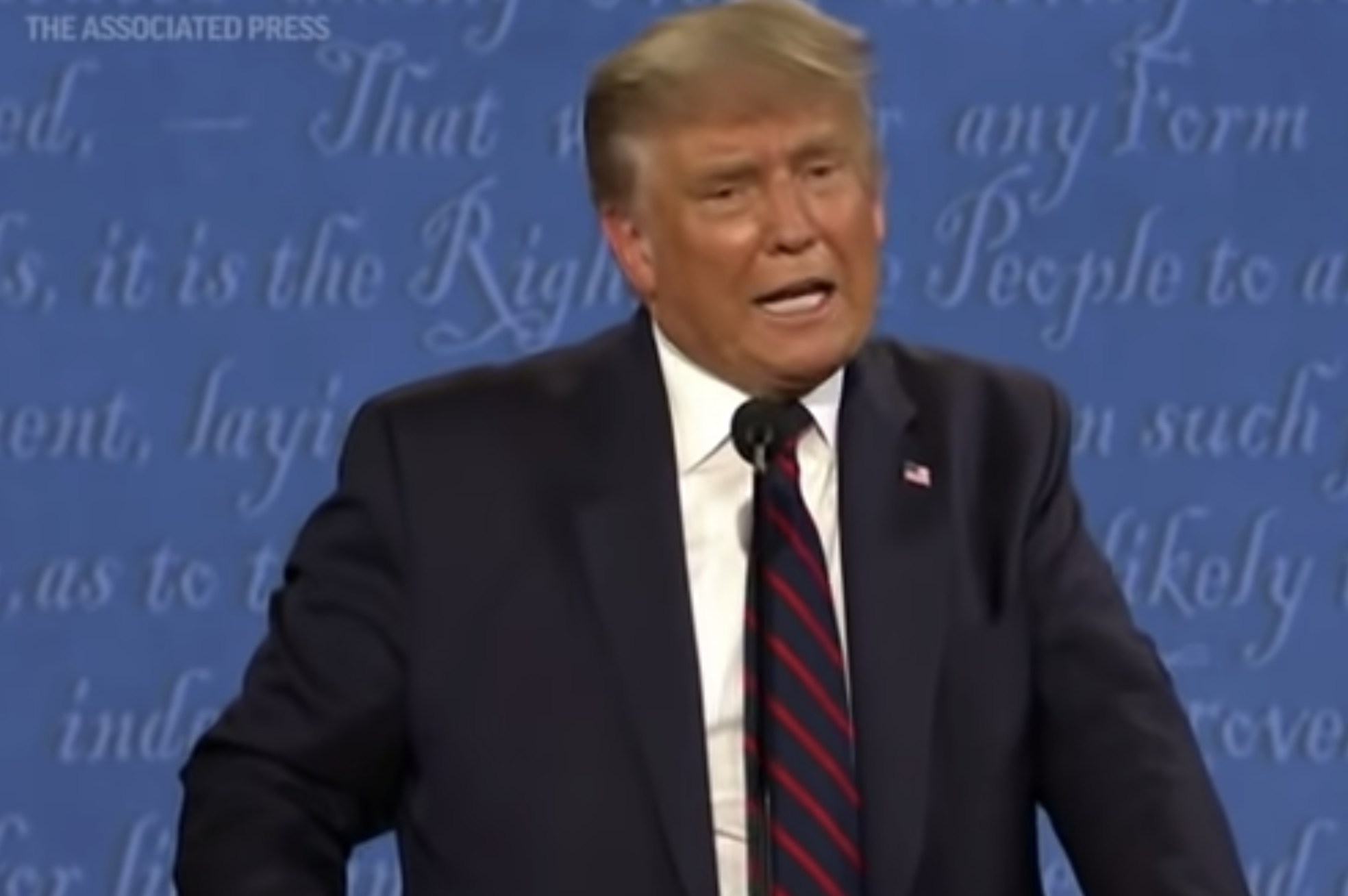Donald Trump’s Incorrect Shell Game of Appropriated Spending
Yesterday, I argued that Trump would not yet defy courts because he wants to invite the Supreme Court to sanction his dictatorial powers, and so wants a clear appellate record.
Boy howdy was that a short-lived theory. Trump says he is appealing two orders that are not yet ripe for appeal in two lawsuits involving Democratic Attorneys General — RI Judge John McConnell’s order and follow-up order that the government pay grants to the states [appeal] and Paul Engelmeyer’s order ordering Treasury to stay out of the payment system [request for stay pending appeal] — as well as in Special Counsel Hampton Dellinger’s challenge to his dismissal.
So by the time Republicans figure out how they’re going to use reconciliation to pass Trump’s policies, SCOTUS may have already agreed to gut Congress’ power of the purse.
But the record in the spending cases is anything but clean.
In one of the two cases challenging DOGE’s [sic] access to Treasury systems — the DC case before Colleen Kollar-Kotelly — DOJ decided after the fact that Marko Elez, the DOGE [sic] boy who had been granted a copy of Treasury systems to sandbox, was actually a Treasury employee.
With the benefit of more time to investigate the facts over the weekend, Defendants came to understand that Marko Elez, who, at the time of the hearing was employed by the Department of the Treasury, had not, in fact, been designated by the Treasury Department as a Special Government Employee (SGE), as counsel stated at the February 5 hearing. Mr. Elez, was, however, a Treasury Department employee. Treasury hired Mr. Elez as Special Advisor for Information Technology and Modernization, Departmental Offices, Office of the Chief of Staff, under Treasury’s authority to establish temporary transitional Schedule C positions. See 5 C.F.R. § 213.3302. Although Mr. Elez could have been designated as an SGE because he was slated to perform temporary duties either on a full-time or intermittent basis for not more than 130 days, the Treasury department Ethics office did not designate Mr. Elez as a Special Government Employee, meaning that he in fact had to comply with additional ethics requirements that are not required for SGE positions.
[snip]
Defendants also wish to notify the Court that, as stated in the Declaration of Thomas Krause, Jr., filed yesterday, in State of New York v. U.S. Department of the Treasury, Case No. 25 Civ. 01144 (JAV) (S.D.N.Y.), Mr. Elez resigned from Treasury on February 6, 2025, and he returned all Treasury and BFS equipment and credentials the same day. See Exhibit 1, ¶ 11. Moreover, in that case, on February 8, the Court entered a temporary restraining order restricting who may access Treasury systems. See Ex. 2. Those restrictions are in addition to those imposed by this Court’s Order entered February 6.
This filing included Thomas Krause’ declaration (submitted in the Treasury suit filed by states, which Trump is appealing) describing that Elez had resigned (but not addressing whether he has been reinstated; in retrospect, it seems the declaration was written specifically to avoid calling Elez a DGE). But it didn’t include the underlying filing in the case, which in a footnote confesses that Elez had a full copy of the BFS system in a sandbox, falsely claiming that Krause addressed this in his declaration.
2 Since January 20, 2025, one other Treasury employee—Marco Elez—had “read only” access to or copies of certain data in BFS payment systems, subject to restrictions, and access to a copy of certain BFS payments systems’ source code in a “sandbox” environment. Krause Decl. ¶ 11. Mr. Elez resigned on February 6, 2025 and returned all Treasury and BFS equipment and credentials the same day. Id
This means that this correction doesn’t correct another false claim DOJ made to Kollar-Kotelly: that Elez’ access had been “read only.” And DOJ hasn’t told Judge Jeanette Vargas (to whom the New York case was assigned after Engelmeyer issued the TRO) that Elez is a full Treasury employee and so, if he has been reinstated, potentially excluded from Engelmeyer’s order.
In the USAID case, where Trump might believe he can coax a favorable ruling from his own first term appointee, Carl Nichols, Peter Marocco submitted a long, obnoxious declaration claiming they had to shut down USAID because of widespread insubordination among USAID employees. (I’d quote from it but the declaration breaks local rules requiring OCR filings.)
But after Marocco submitted that filing, the career AUSAs on the case submitted a declaration that included this correction.
Additionally, although Secretary Rubio’s January 24, 2025 directive only froze future contract obligations, id. ¶ 3, payments on existing contracts were paused as well as part of efforts by agency leadership to regain control of the organization’s spending and conduct a comprehensive review of its programs. See id. ¶¶ 5–10. Counsel for Defendants was unaware of this development prior to the hearing. [my emphasis]
Marocco confesses that existing contracts “were paused” by him this way:
Furthermore, many of USAID’s pre-existing programs were in conflict with the directives and priorities of the President and Secretary, and therefore were inconsistent with the public interest and foreign policy judgments of the Executive Branch. Given the scale of these programs, an ad hoc review of these conflicting programs would unduly burden the execution of the President’s other foreign policy priorities. A blanket pause with a waive-in process was the more efficient and effective path.
He describes this notice Marco Rubio sent to Congress, which makes no mention of pausing ongoing work. Then he continues to describe how existing programs “were paused” by him.
The first step of this review, in essence, involved the majority of USAID pausing a substantial portion of its ongoing work — going “pencils down” — so the Secretary and USAID leadership could gain control of the organization that included some employees who had refused to comply with lawful directives by the President and Secretary, directives designed to identify wasteful or fraudulent programs or those contrary to the foreign policy interests of the United States. The pause of ongoing work and use of paid administrative leave have enabled Agency leadership to begin a thorough review of USAID’s operations and align its functions to the President’s and Secretary’s priorities, without continued noncompliance by former Agency leadership and management undermining those priorities. Pausing a majority of USAID’s work was, and remains, necessary to continue this thorough review into the noncompliance issues first identified, as well as to continue to examine USAID’s processes and the manner in which USAID funds its programs.
In other words, the people that Marocco calls noncompliant are noncompliant because they’re following the law, a law uncontroverted by Trump’s order or even Rubio’s notice to Congress.
As Nichols said when he issued the TRO ordering USAID to reinstate employees, whether or not this involved existing or only prospective contracts was an issue of some contention in the hearing.
Plaintiffs finally seek a TRO as to Secretary Rubio’s January 24, 2025 order freezing funding to USAID’s contractors. As a threshold matter, the Court notes that there are significant factual questions about what the practical effect of that order is. The government argued at the hearing that the order only prevents USAID from entering “new obligations of funding”—leaving it free to pay out contracts that it entered into prior to January 24, 2025—and indeed, the text of the order does seem to permit that result. Dep’t of State, Memo. 25 STATE 6828. Yet, plaintiffs maintained at the TRO hearing that payments on existing USAID grants have been frozen, preventing certain “contracting officers” employed by USAID from using agency funds to fulfill monetary commitments that the agency had already made.
This factual dispute is relevant to plaintiffs’ TRO arguments, but ultimately is not dispositive of them. Plaintiffs allege that, by some legal mechanism, USAID contracting officers can be held personally liable for existing contractual expenses that USAID is supposed to, but does not, pay. Plaintiffs thus argue that those officers face irreparable harm as a result of the funding freeze because they will be left “holding the bag” when USAID imminently fails to disburse funds. Separately, plaintiffs argue that the general population of USAID employees will be emotionally harmed by the agency’s inability to pay its contractors because they will be stuck “watching a slow speed train wreck” as the agency reneges on its humanitarian commitments.
Even assuming the funding freeze indeed prevents payments on existing grants in the way plaintiffs claim (instead of merely preventing USAID from entering new obligations, as the government suggested during the hearing), the Court concludes that plaintiffs have not demonstrated resulting irreparable harm.
But because this suit involves employees, rather than states or other recipients of funds from Treasury (as is the case in the two suits where DOJ has said it will appeal), these plaintiffs themselves are not being injured because they’re still being paid.
DOJ is hiding behind career AUSAs making claims they likely do not know are false so as to shut down appropriations that have already been approved.
And they are appealing each instance in which a plaintiff has genuinely been injured (the states and Hampton Dellinger’s firing) in hopes — or maybe expectation? — after the Circuits deny appeals that are not yet ripe, SCOTUS will step in and render Congress impotent.
Update: USAID Inspector General somehow managed to put together a report on the damage the chaos is having. Among other things, it finds that the cuts have incapacitated any means of vetting disbursements to keep them out of the hands of terrorists.
USAID describes partner vetting as a risk-mitigation tool to “ensure that American taxpayer funds do not benefit terrorists and their supporters.” Currently, partner vetting is required for programming in Afghanistan, Iraq, Lebanon, Pakistan, Syria, West Bank/Gaza, and Yemen where designated terrorist organizations such as Hamas, Hezbollah, ISIS, and Ansar Allah (also known as the Houthis) operate. Before the Agency awards a contract, grant, or cooperative agreement in these locations, the proposed awardee must submit to USAID data needed to vet the organization and its key personnel. The same vetting must be undertaken before an aid organization issues a subaward. While USAID OIG has previously identified gaps in the scope of partner vetting, 10 USAID staff have reported that the counter-terrorism vetting unit supporting humanitarian assistance programming has in recent days been told not to report to work (because staff have been furloughed or placed on administrative leave) and thus cannot conduct any partner vetting. This gap leaves USAID susceptible to inadvertently funding entities or salaries of individuals associated with U.S.-designated terrorist organizations.

